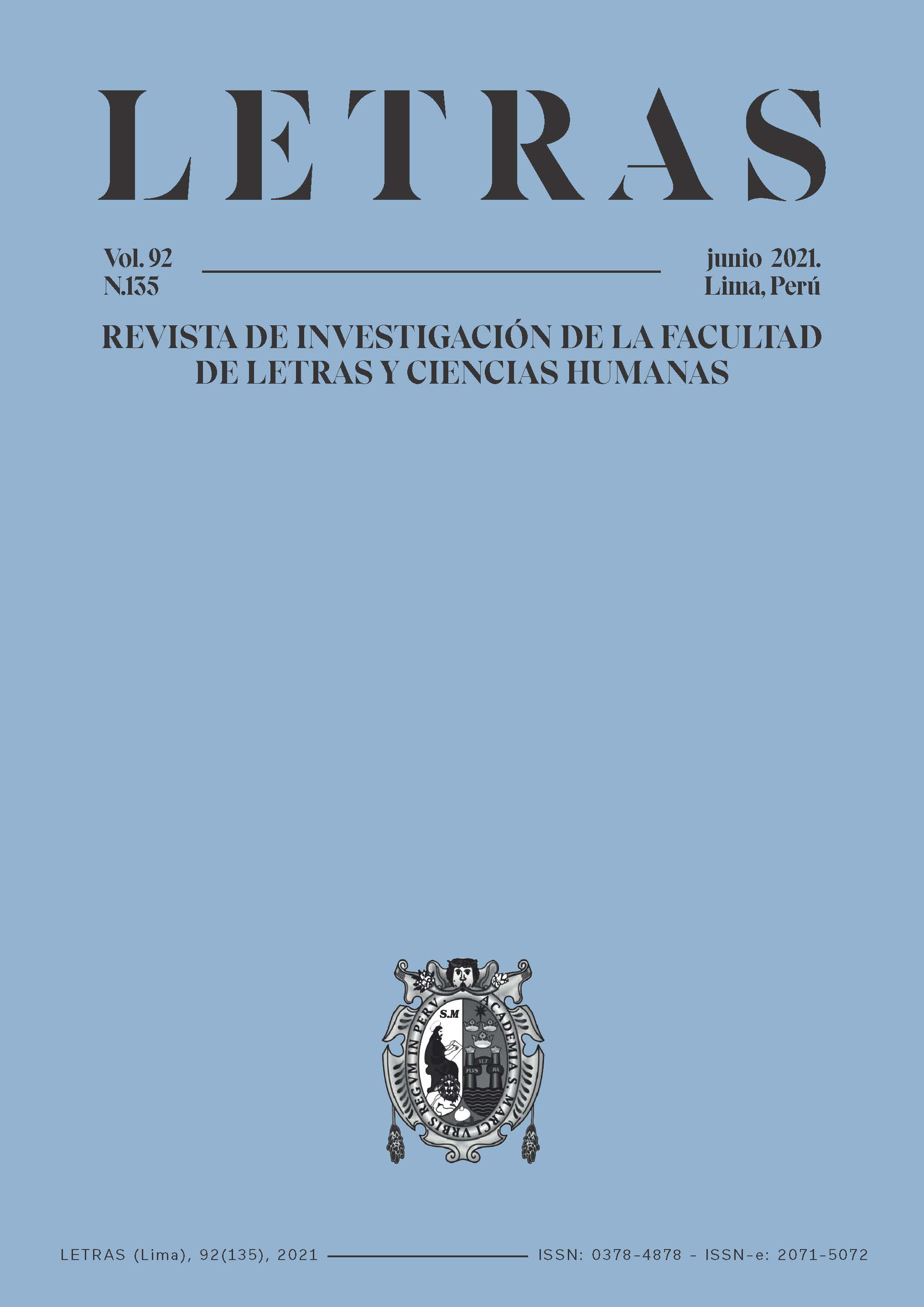Kant: The theological sublime
DOI:
https://doi.org/10.30920/letras.92.135.15Keywords:
God, Theological aesthetics, Judgment, Kant, SublimeAbstract
It suggests the reception of the Kantian sublime as an unexpectedly religious sentiment, in other words, as a theological aesthetics. In the face of the third Critique, and with the precision of a watchmaker, the old Kant seems to balance the new cosmological, religious and metaphysical conditions confronting baroque man with the properly theological need not to exclude God from his philosophical project. In this way, Kantian aesthetics is revealed as the source of the religious, precisely, from the practical contact of the subject with the idea of divinity. In this region, the thinking subject finds an indeterminate beyond in which he is ableto touch, or, if you will, to feel the omnipotence and immensity of God. Through the propaedeutic work of the Analytic of the Sublime, the Critique of Judgment would complete the theological path traced in the second Critique by pure practical reason. Surreptitiously, the theological sublime would expose, on the one hand, Kant’s insistence on not renouncing his ironclad puritanism, and, on the other, his decision not to give in to either the intellectual despair or the metaphysical terror that the expulsion of God entails from the realm of reason.Downloads
Published
2021-06-30
Issue
Section
Studies
How to Cite
Kant: The theological sublime. (2021). Letras (Lima), 92(135), 203-213. https://doi.org/10.30920/letras.92.135.15







